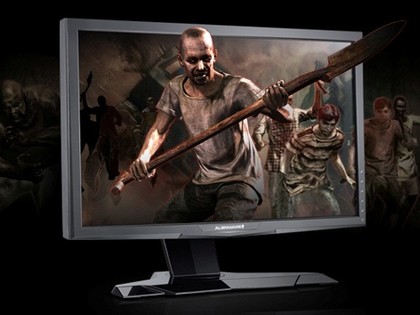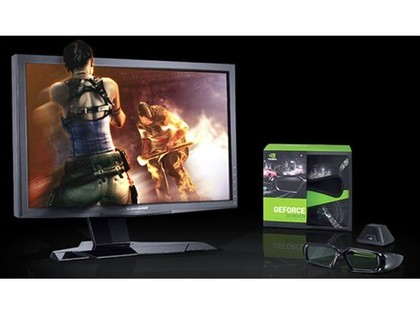3D gaming: what the future holds
How 3D games might shape up over the next decade

CONTENT IS KING: Quality content is still required
"I think people are now starting to see that it really does add something, though. Broadcasters such as Sky have realised that content such as sport can really benefit for the extra detail and clarity that 3D brings, just as they did when HD was first entering the mainstream.
"Likewise, in games, sports titles (including racing) could well be one of the genres that gets people more interested. Ultimately I think game designers will start to consider designing for 3D as just another technique in their toolbox and it will be factored into all types of games."
Oliver is still realistic about the fact that 3D will continue to have a lot of sceptics in the gaming market because of the many associated technical challenges and the costs, "although both of these will become less of an issue as time goes on."
In the Blitz CTO's opinion, the fact is that the hardware is finally coming now ("as people upgrade their TVs over the next few years, everyone will eventually have a 3D set whether they planned to or not") added to the fact that the console manufacturers are doing what they can to allow 3D content to appear on their machines means that, "it's now down to game developers and publishers to take the leap of faith, and the financial commitment, obviously, to make the content happen. However, I believe that it will start to become more prolific, and probably sooner than most people expect."
3D casual and social gaming
Elsewhere, in terms of 3D gaming in the thriving casual and social gaming markets, we spoke with Joe McCormack, CEO at Adotomi, who reminds us how the concept of 3D gaming has been all the rage since Avatar reignited the prospects for 3D in the entertainment marketplace.
Get daily insight, inspiration and deals in your inbox
Sign up for breaking news, reviews, opinion, top tech deals, and more.
"2010, especially, was supposed to be the year of 3D, with television makers rushing their 3D models to stores. 3D gaming was soon to follow, with Sony announcing early plans to support the technology, and Nintendo's 3DS acting as proof of concept, even wowing us along the way for the lack of accompanying glasses."
Neatly summing up the current state of 3D gaming, Adotomi's in-house analyst, Adam Taylor adds: "The question underlying all of this, and all the talk, is whether or not 3D gaming is simply a gimmick mixed with marketing hype, or whether or not it really is the future of gaming. We're of the opinion that while there's certainly gimmicky aspects to the technology, 3D will indeed be central to the future of gaming."
Immersion, immersion
In an increasingly mature and crowded marketplace, the big three console makers are looking for the next innovation to get their consumers excited, notes Adotomi's analyst. "The Wii's motion capabilities shook the marketplace, and Sony and Microsoft hustled to innovate alongside, producing the PlayStation Move and Xbox Kinect. Yet, for the core gamer, the heart of the gaming experience lies with one word: immersion.
"Core gamers want a more immersive game experience, and if you look at the industry's history, that's where the real exciting innovations have been - from better physics engines, to increased interaction and destruction of the game world, to increased persistence of online worlds. The future of gaming lies in the continued breaking down of the line between player and the gaming world of their choice. This is where 3D comes in, and why motion technologies will only ever be an adjunct to the industry, as opposed to its beating heart."

IMMERSION: The key to the future of 3D gaming tech and development
